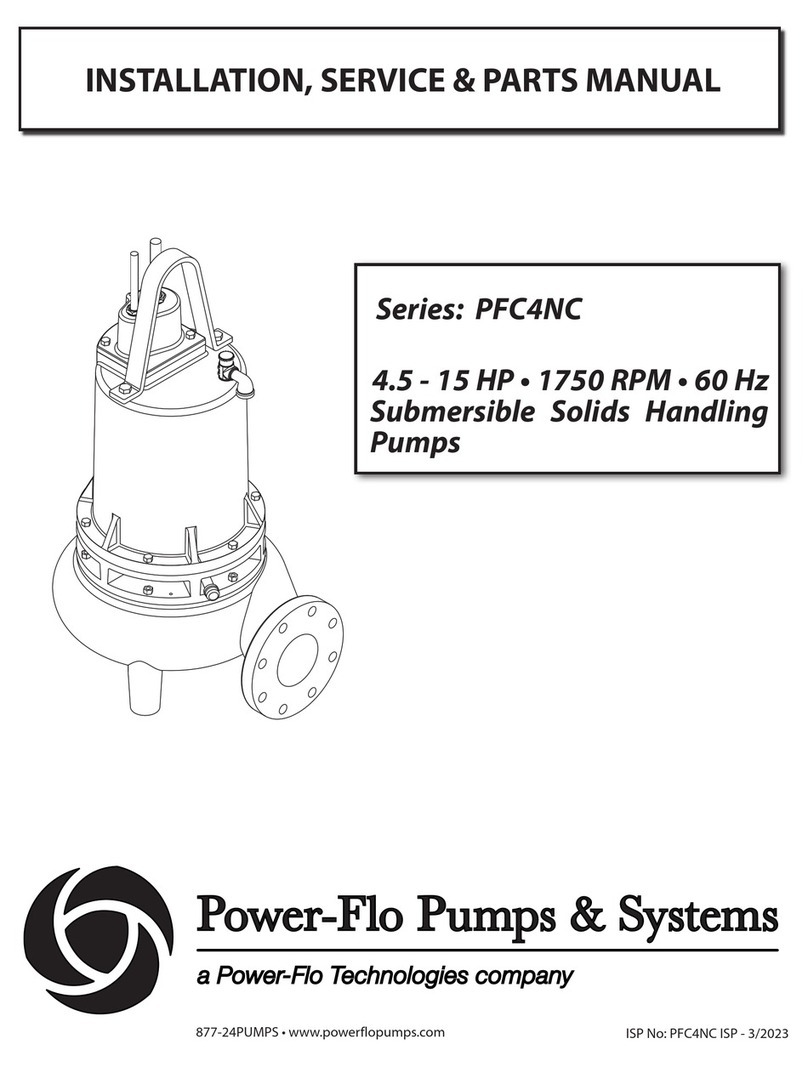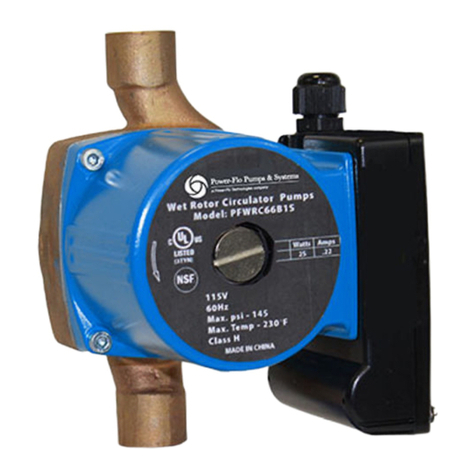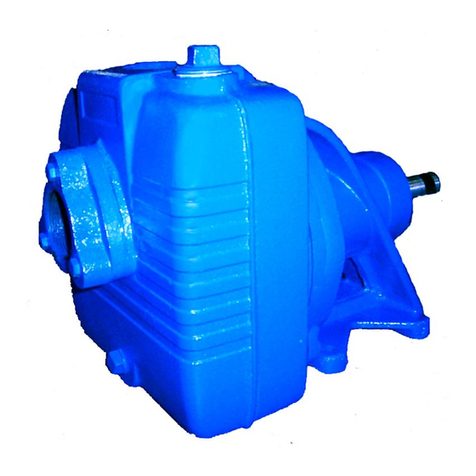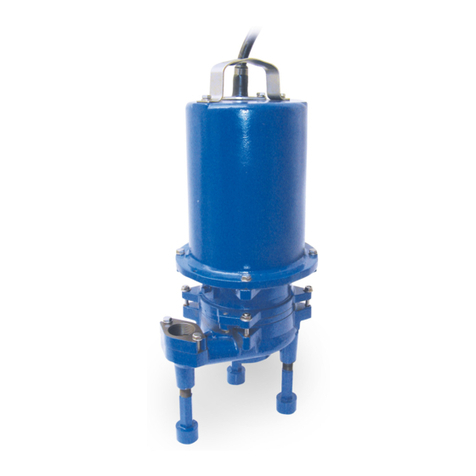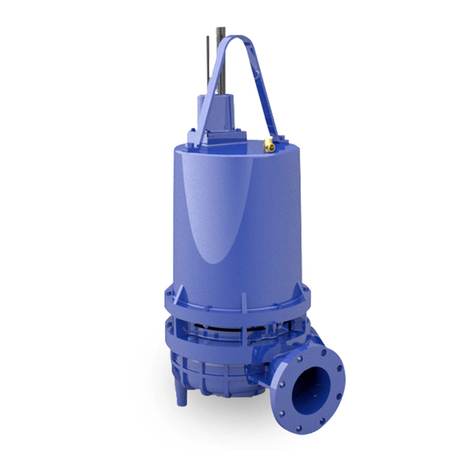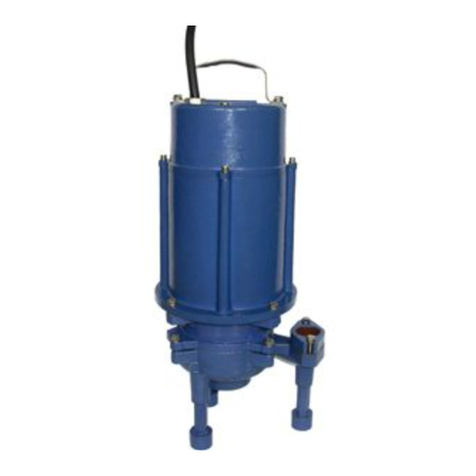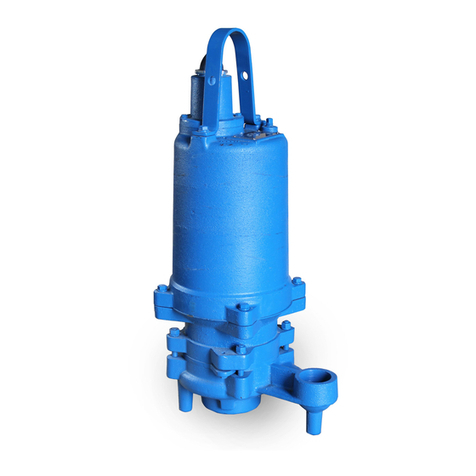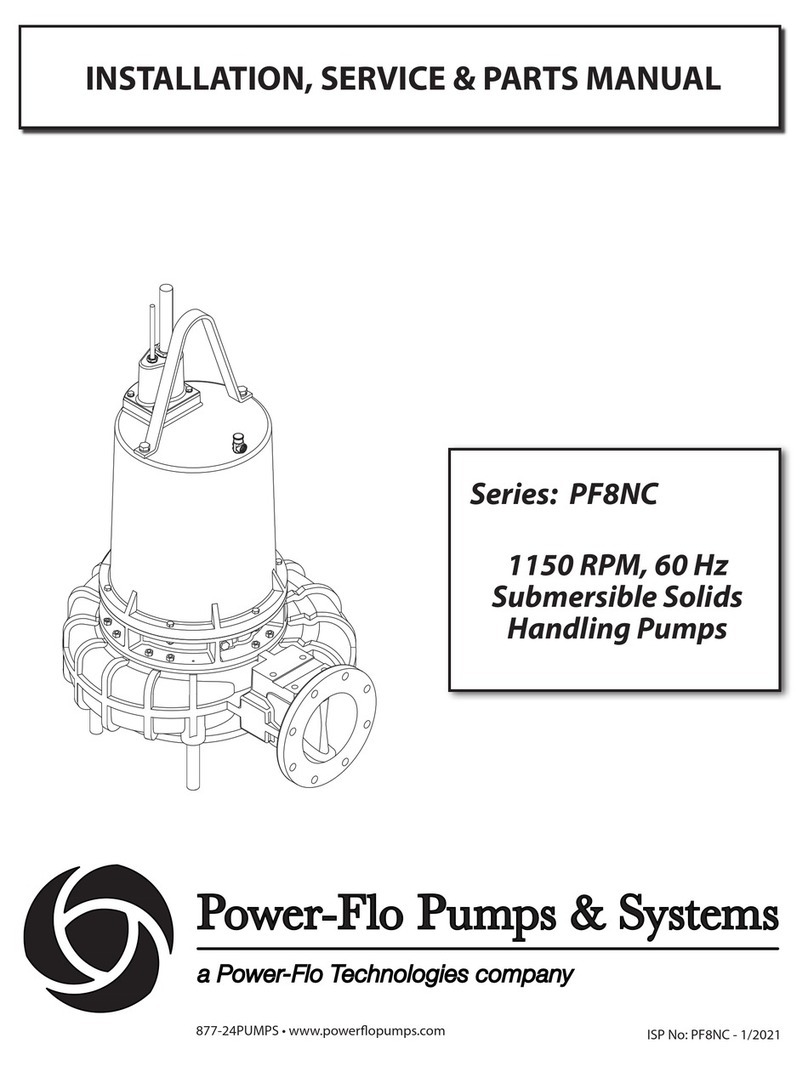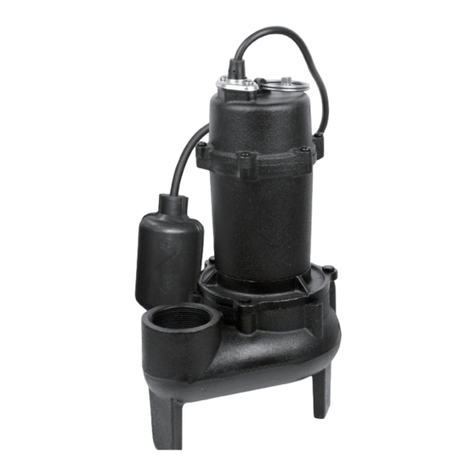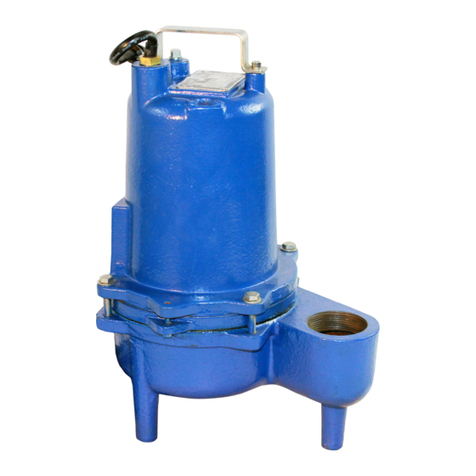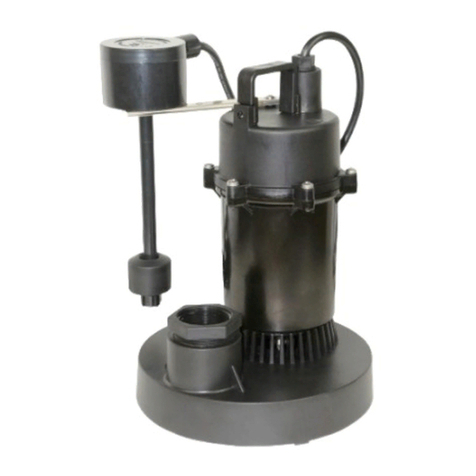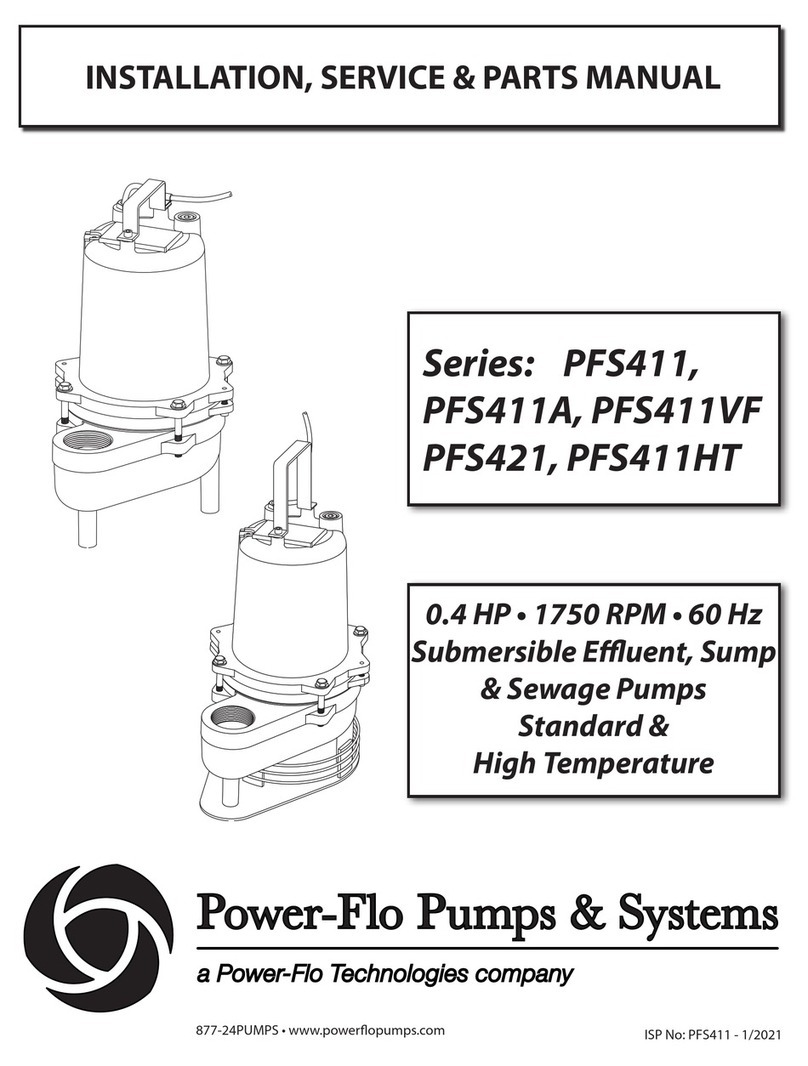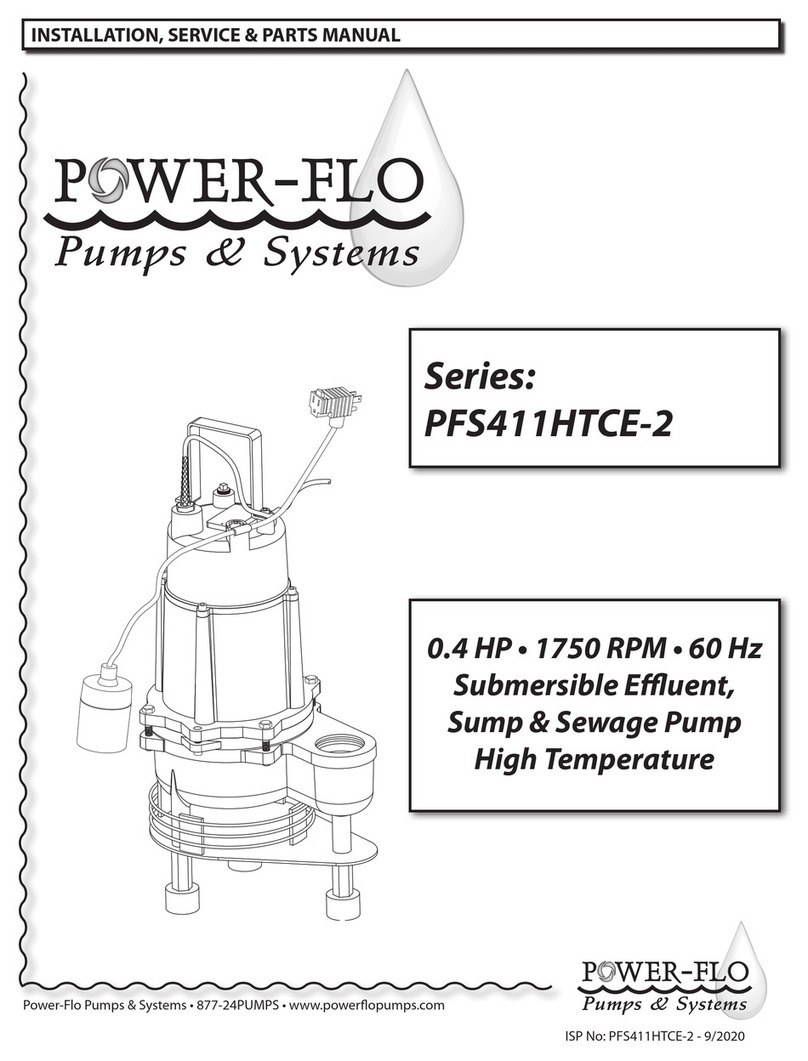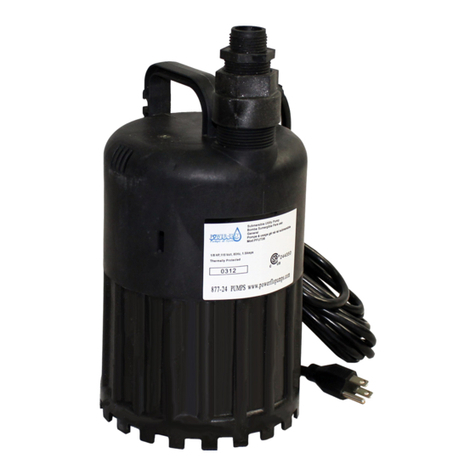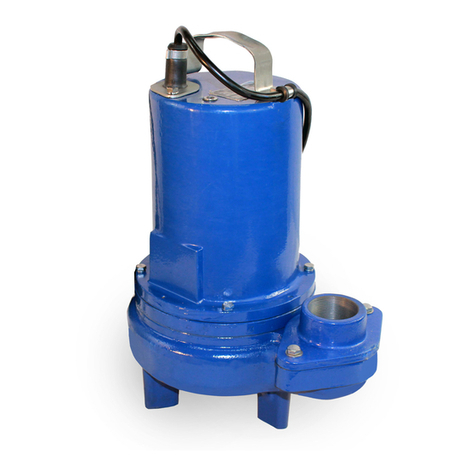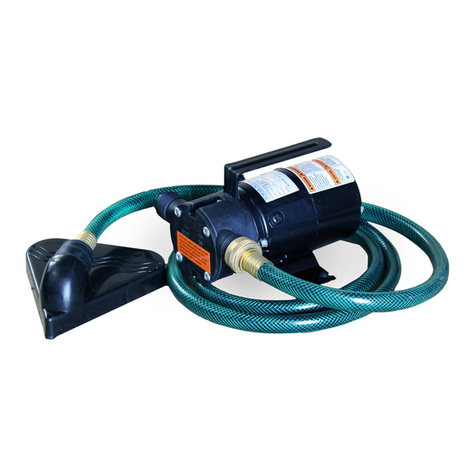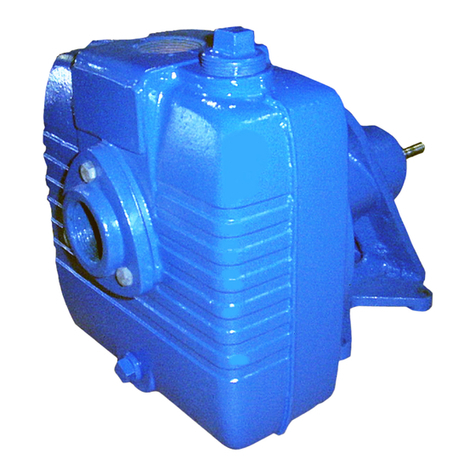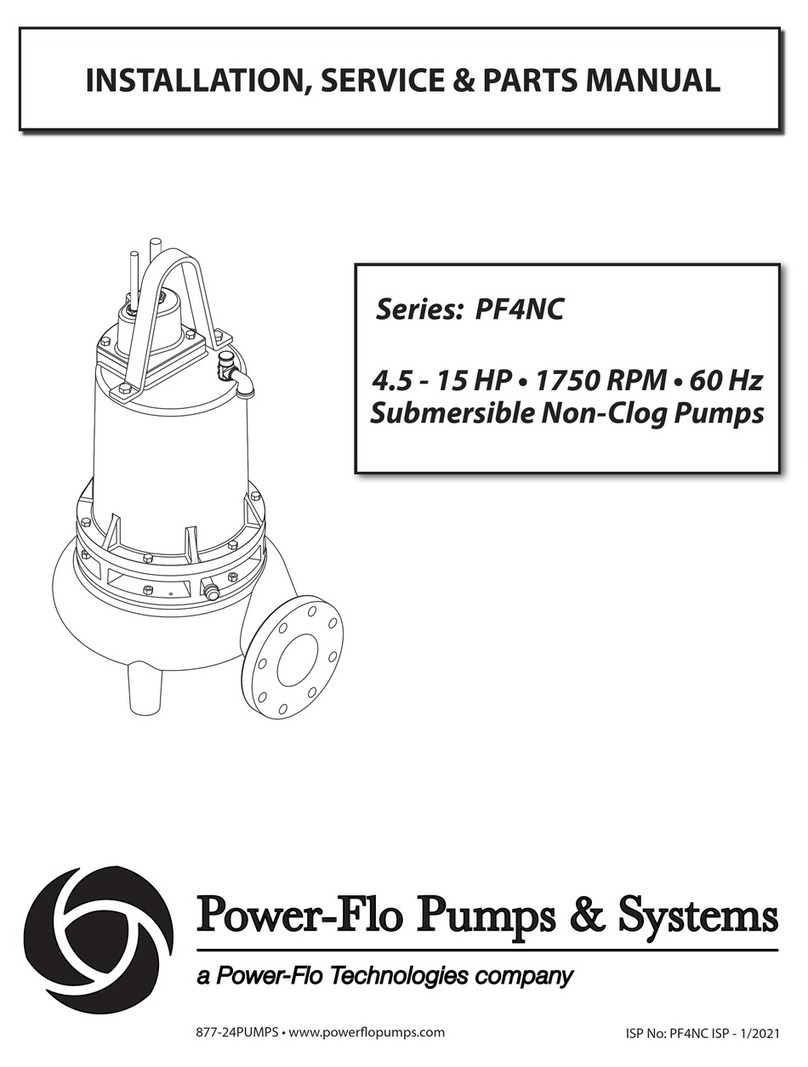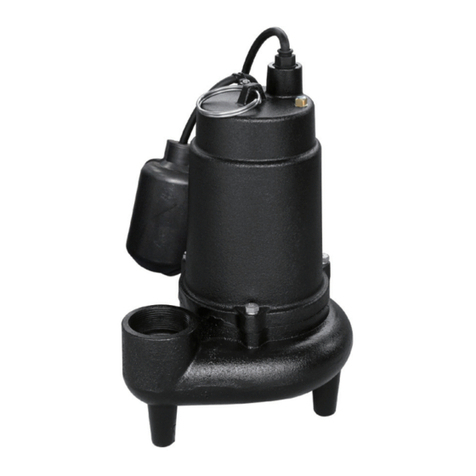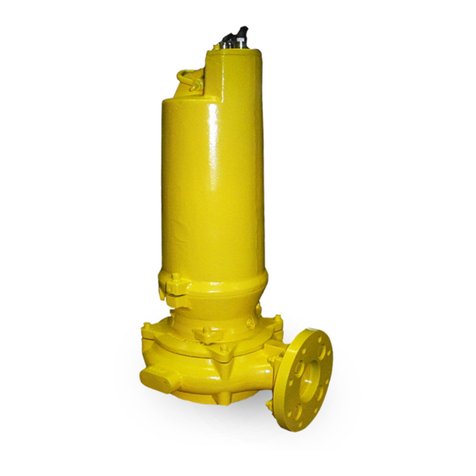
7
Power-Flo Pumps & Systems • 877-24PUMPS • www.poweropumps.com
Receiving Inspection
Upon receiving the pump, it should be
inspected for damage or shortages.
If damage has occurred, le a claim
immediately with the company that
delivered the pump. If the manual is
removed from the packaging, do not
lose or misplace.
Storage
Any product that is stored for a period
longer than six (6) months from the
date of purchase should be bench
tested prior to installation. A bench
test consists of, checking the impeller
to assure it is free turning and a run
test to assure the motor (and switch
if provided) operate properly. Do not
pump out of liquid.
Location
Locate pump as near as possible to the
liquid being pumped. Do Not place pump
more that 25 feet above the surface of
the liquid supply. Be sure pump is level.
Mount pump rmly so not to move due to
vibration.
Units should be permanently grouted
onto a cement foundation. The pumps
should be level to provide correct
operating conditions. The exible
coupling should be realigned after
grouting to eliminate excessive wear on
the coupling.
Allow a minimum 18 inches in front of the
pump case cover to permit easy removal
and access to the interior of the pump. On
belt drive units, allow a minimum of 10
inches at the shaft end to permit removal
of the pedastal or rotating assembly.
Controls
Be sure the electrical specication of
the control selected properly match the
electrical specications of the pump.
Motor Connection
All wiring of motor and control, overload
protection and grounding should be in
accordance with the National Electrical
Code, State and Local codes. Make motor
connection per label located on motor or
motor manufactures manual.
Rotation
Pump rotation should agree with the
direction on the rotation plate. If rotation
on 3 phase is incorrect, interchange any
two incoming wire leads. Rotation is
“clockwise” when looking from the motor
end.
The impellers are threaded on the shaft
and it is necessary to slide one half of the
coupling back when checking rotation
in order to eliminate the possibility of
unscrewing the impeller and damaging
the pump.
Suction
CAUTION! - Pump should not
be operated without a suction
strainer to prevent foreign
matter from being drawn into
impeller. The strainer should be
cleaned regularly.
The use of pipe the same size as the
port size is highly recommended. Using
a smaller pipe line can cause internal
damage. Make sure all lines have air-tight
joints. The smallest air leak in the suction
line may prevent the pump from priming.
All horizontal suction lines should slope
up to the pump to avoid trapped air
pockets.
Discharge
Connect discharge hose or pipe to the
discharge port. Make sure all lines have
air-tight joints.
Driver
Refere to Engine or Motor Manufacture’s
Instructions.
Lubrication
The bearing housing is the only part that
needs lubricated. The shaft seals and
impeller are lubricated by the liquid being
pumped and needs no other lubrication.
The bearing housing is lled with 90
weight oil for bearing lubrication. The
oil level should be checked periodically.
Check oil level by removing the oil dip
stick (34) and check the level on it.
Priming
Remove pipe plug (31) in top of body (5)
and ll the pump body completely with
solids free liquid. In freezing weather
prime pump with warm water.
DO NOT operate pump without
priming rst. Operating dry will
damage seal.
Starting
To start pump, apply power to motor
or engine per the Motor or Engine
manufacture’s instructions.
Shutdown
Disconnect electric power or stopping
engine to shut down. It is recommended
to drain and ush pump if pump has
been operating in freezing weather.
Service
Turn o and lock out power before
servicing pump.
Check Valve
Disconnect suction piping and remove
hex nuts (24), suction ange (2). DO NOT
PRY ON FLANGE but bump o with block
of wood and a hammer. Remove gasket
(30), weights (3) & (4) and screw (25), and
replace if worn or damaged.
To replace, the HINGE section of gasket
(30) is at the TOP and the LARGE weight is
on the pump side of gasket.
Receiving, Installation & Service
PF30MU & PF40MU Self-Priming Frame Mounted Pumps
